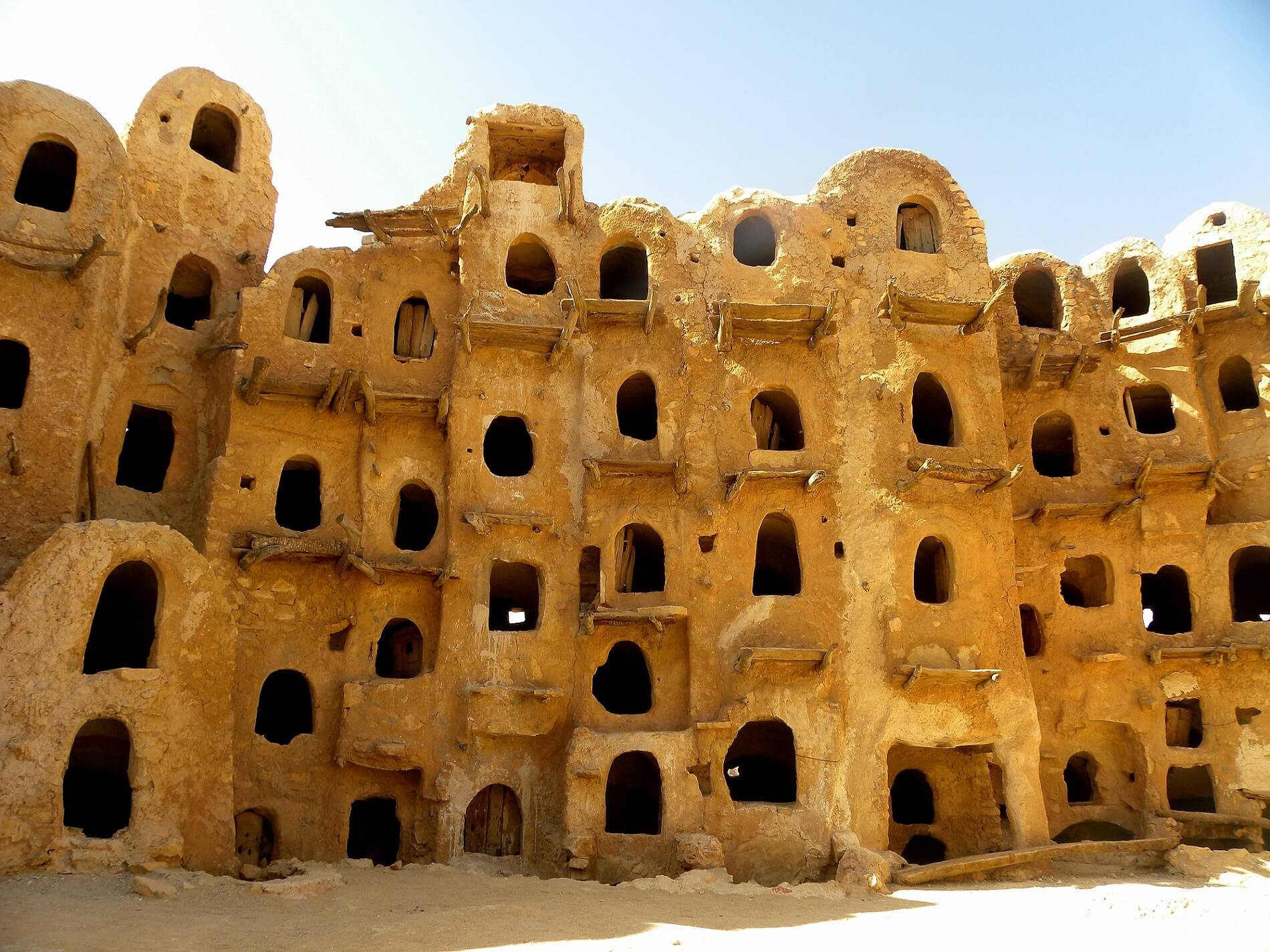On 25 September, presidential hopeful Basit Igtet landed in Metiga airport and led small crowds from Tajoura to Martyrs Square to demonstration against the Government of National Accord (GNA). However, the crowds remained relatively small, numbering around 2000 people, and their demands were unclear. Pro-GNA Tripoli militias were deployed in force in most of the main streets in the capital leading towards the square and continue to remain deployed in anticipation of any security instability in the capital. The Tripoli security directorate had previously announced that it was denying permission for the demonstration but they did not try to prevent it on the day.According to the Libya Herald, the event was peaceful, in spite of the presence of a significant number of anti-Igtet protestors and despite some of the those on both sides said to have taken weapons just in case there was violence. The two sides were kept part by plain clothed security forces, said to belong to Ghneiwa’s central security authority. According to the Washington Post, hundreds of counter-demonstrators attended and shouted anti-Igtet slogans. Igtet himself was present at one point, but did not speak. As night fell, the two sides clashed with fistfights before security forces intervened and separated them with dozens of vehicles. Most headed home afterwards.The deflation of expectations for a large, game-changing popular rally in support of Igtet, as well as against the GNA and Khalifa Haftar, is likely to pave the way for the new UN led roadmap to gain stronger momentum and traction in the coming days. While the UN led process is indeed expected to gain positive momentum, especially after the high level UN Summit lending support to the plan, possibilities for further fragmentation and conflict remain high. Military wise, the fomenting conflict in Sabratha may become a catalyst for a groundswell of military action in the coastal region west of Tripoli between pro and anti LNA rivals, and thus could trigger conflict in the capital as well.

